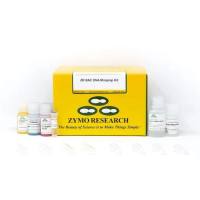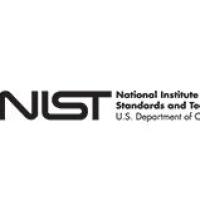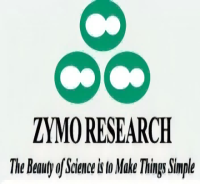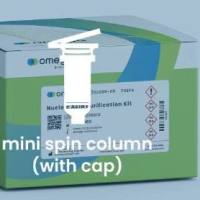Purification of BAC DNA
互联网
783
The introduction of bacterial artificial chromosome (BAC) libraries has made it easy for the scientific world to gain access to an unlimited amount of DNA from different species. These BAC libraries are constructed by insertion of DNA fragments from different species into a vector, which can be replicated in a bacterial host. Choosing Escherichia coli as the model host has many advantages: rapid growth of the host, high stability of the DNA fragment when inside the host, few chimeric clones, easy and rapid purification of the BAC DNA, and large amounts of sequenced BAC clones. The easy and rapid isolation of the BAC DNA from E. coli is facilitated by using an alkaline method for purification of plasmids (1 ). To ensure that the BAC DNA is pure enough to be used for downstream application, additional protocols have been elaborated to be combined with the protocol for alkaline purification of BAC DNA to achieve RNA-free BAC DNA (1 ,2 ), protein-free BAC DNA (1 ,3 ), genomic DNA-free BAC DNA (3 ), or endotoxin-free BAC DNA (4 ). Cloning, library construction, DNA labeling, sequencing, fingerprinting, transfection, and DNA microarray are examples of downstream applications, which are described in the following chapters.








